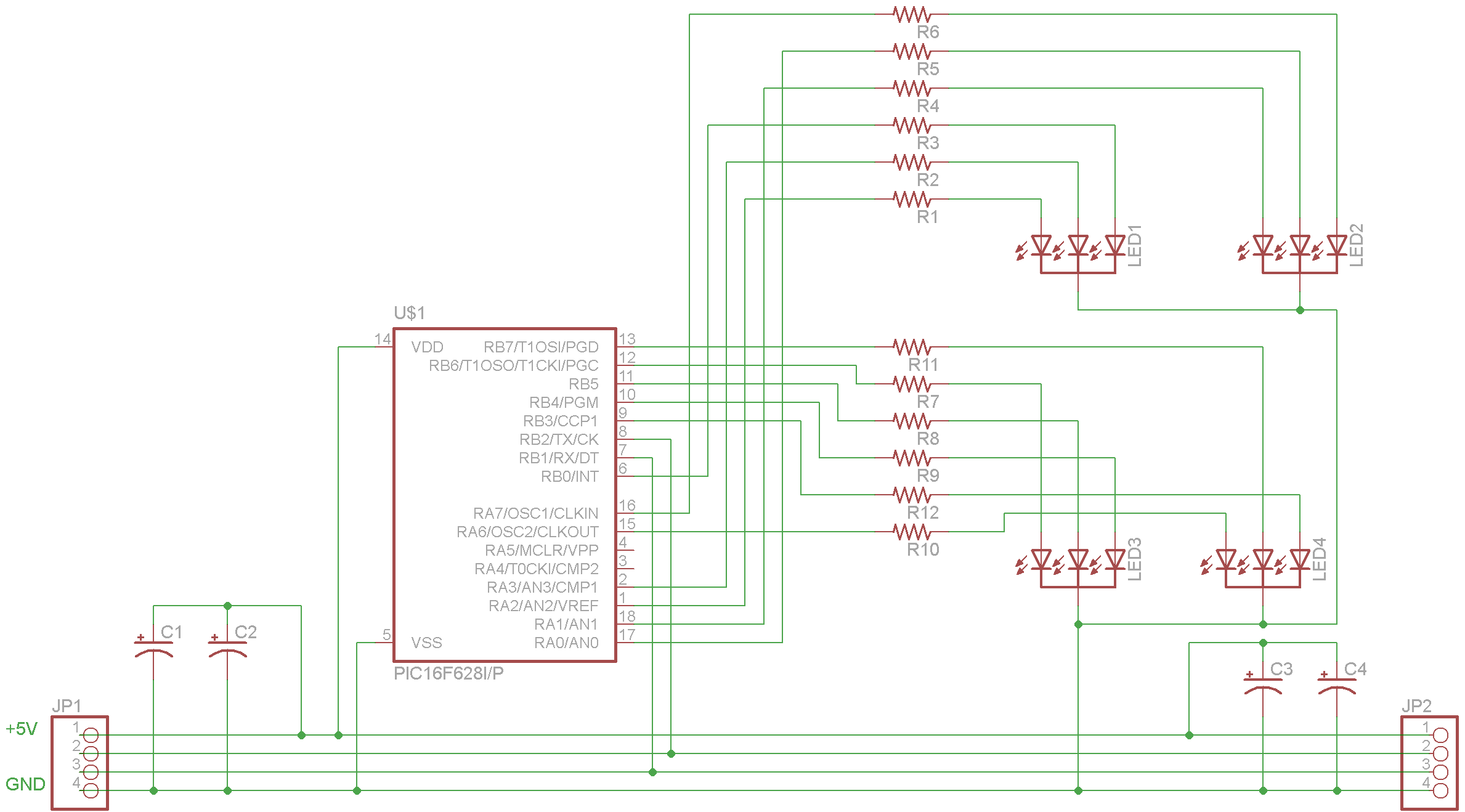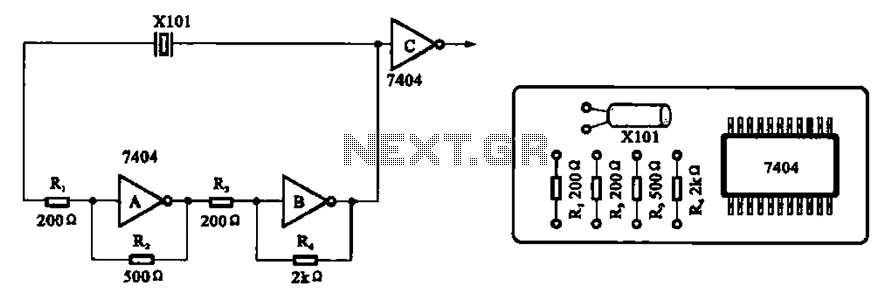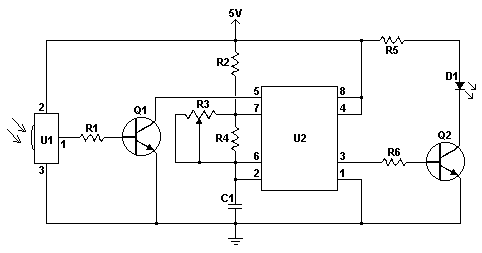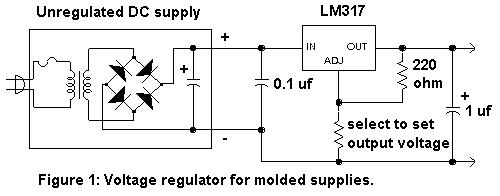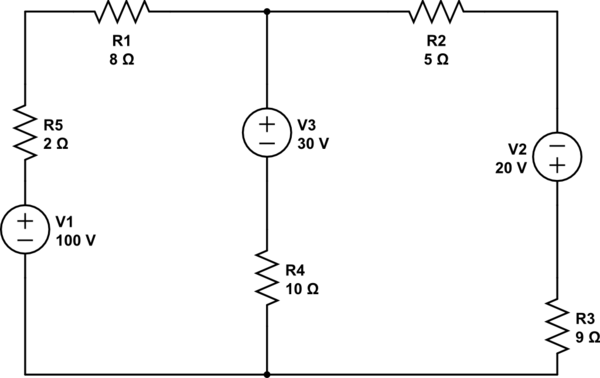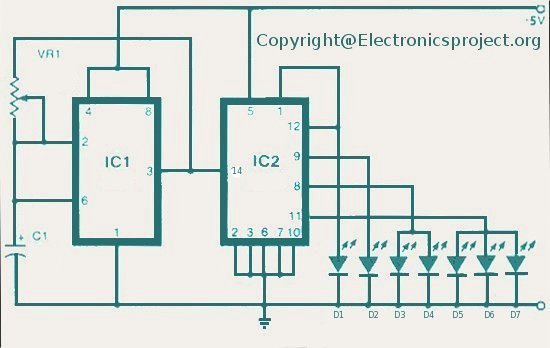
Free homemade LED lamp circuit diagram

Also known as the Free lamp (commonly referred to as the Myanmar lamp by online sellers), this device operates using the voltage from a standard household fixed telephone line, eliminating the need for batteries or AC power. The lamp connects to a telephone extension interface via a tail crystal head, allowing it to illuminate without incurring additional electricity costs and alleviating concerns about power outages. It can also function as a phone call indicator light, providing a visual reminder for individuals who may not hear the phone ring. Once the phone is off-hook, the LED light will turn off, assisting in determining if another phone is also in use. Additionally, the device includes some level of lightning protection. However, it is important to note that since the lamp draws power from the telephone line, excessive current usage can negatively impact phone calls and fax transmissions, particularly leading to frequent dropped calls for users on ADSL broadband connections. The circuit schematic for the telephone line LED lamp, as depicted in Figure 3, utilizes a telephone line DC voltage of 36V or 48V, which is regulated through a 10k limiting resistor and four diodes (or a rectifier bridge) to convert the voltage for the LED. At a telephone feed voltage of 36V, the measured operating current is approximately 1.2mA, resulting in low brightness. By replacing the current limiting resistor with a 5.6k resistor, the working current increases to 2.1mA, slightly enhancing the brightness.
The Free lamp circuit is designed to operate efficiently using the DC voltage supplied by a fixed telephone line, typically ranging from 36V to 48V. The integration of a 10k limiting resistor serves to restrict the current flowing through the circuit, thereby protecting both the LED and the telephone line from excessive current draw. The use of diodes or a rectifier bridge facilitates the conversion of AC voltage to the necessary DC voltage, ensuring that the LED receives the appropriate polarity for operation.
In the context of telephone line power, the operating current and voltage must be carefully managed to prevent interference with telecommunication services. The device's design takes this into account, as it is crucial for users to maintain clear call quality and reliable fax transmissions. The LED's brightness is directly correlated with the current flowing through it; thus, adjusting the limiting resistor allows for fine-tuning of the brightness to meet user preferences while still adhering to the power limitations of the telephone line.
The addition of lightning protection is a valuable feature, enhancing the durability of the device in adverse weather conditions. This feature safeguards both the lamp and the connected telephone equipment from potential damage caused by electrical surges.
Overall, the schematic design of the telephone line LED lamp not only provides a practical lighting solution but also incorporates essential features that enhance user experience and device reliability, making it a valuable addition to any household reliant on traditional telephone services.Also known as the Free lamp (ie, online sellers, commonly known as Myanmar lamp), because it takes into ordinary household fixed telephone line voltage power to do, no batterie s or AC power, the tail crystal head into a telephone extension interface can be illuminated without the other pay the electricity bills, do not worry about power outages. Also can serve as phone calls flashing lights. Listening is not timely to remind the good old people answer the phone, because after phone off hook LED light will turn off, but also help you discover whether others Daoda phone also has some anti-lightning protection.
However, because the product is used in the telecommunications room phone belongs to feed power supply, once obtained from the use of too much current will inevitably affect the phone calls and send and receive faxes, especially likely to cause frequent dropped calls when ADSL broadband dial-up Internet users. Figure 3 is a telephone line LED lamp circuit schematics, telephone line DC voltage 36V or 48V via 10k limiting resistor by four diode (or rectifier bridge) as polar transform applied to the LED, when the telephone feed voltage to 36V, the measured operating current of about 1.2mA, the brightness is low, the current limiting resistor into 5.6k current work promoted 2.1mA: brightness slightly increase.
The Free lamp circuit is designed to operate efficiently using the DC voltage supplied by a fixed telephone line, typically ranging from 36V to 48V. The integration of a 10k limiting resistor serves to restrict the current flowing through the circuit, thereby protecting both the LED and the telephone line from excessive current draw. The use of diodes or a rectifier bridge facilitates the conversion of AC voltage to the necessary DC voltage, ensuring that the LED receives the appropriate polarity for operation.
In the context of telephone line power, the operating current and voltage must be carefully managed to prevent interference with telecommunication services. The device's design takes this into account, as it is crucial for users to maintain clear call quality and reliable fax transmissions. The LED's brightness is directly correlated with the current flowing through it; thus, adjusting the limiting resistor allows for fine-tuning of the brightness to meet user preferences while still adhering to the power limitations of the telephone line.
The addition of lightning protection is a valuable feature, enhancing the durability of the device in adverse weather conditions. This feature safeguards both the lamp and the connected telephone equipment from potential damage caused by electrical surges.
Overall, the schematic design of the telephone line LED lamp not only provides a practical lighting solution but also incorporates essential features that enhance user experience and device reliability, making it a valuable addition to any household reliant on traditional telephone services.Also known as the Free lamp (ie, online sellers, commonly known as Myanmar lamp), because it takes into ordinary household fixed telephone line voltage power to do, no batterie s or AC power, the tail crystal head into a telephone extension interface can be illuminated without the other pay the electricity bills, do not worry about power outages. Also can serve as phone calls flashing lights. Listening is not timely to remind the good old people answer the phone, because after phone off hook LED light will turn off, but also help you discover whether others Daoda phone also has some anti-lightning protection.
However, because the product is used in the telecommunications room phone belongs to feed power supply, once obtained from the use of too much current will inevitably affect the phone calls and send and receive faxes, especially likely to cause frequent dropped calls when ADSL broadband dial-up Internet users. Figure 3 is a telephone line LED lamp circuit schematics, telephone line DC voltage 36V or 48V via 10k limiting resistor by four diode (or rectifier bridge) as polar transform applied to the LED, when the telephone feed voltage to 36V, the measured operating current of about 1.2mA, the brightness is low, the current limiting resistor into 5.6k current work promoted 2.1mA: brightness slightly increase.
